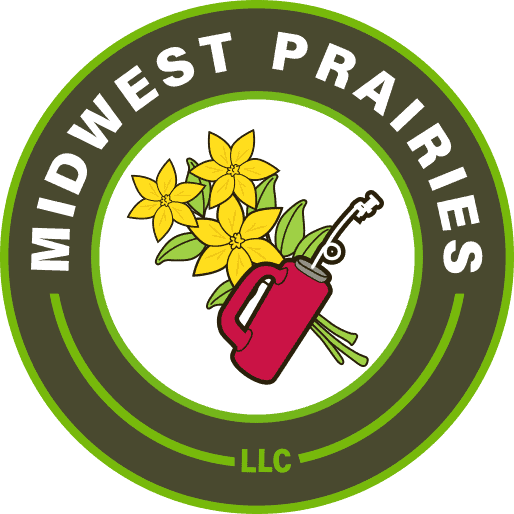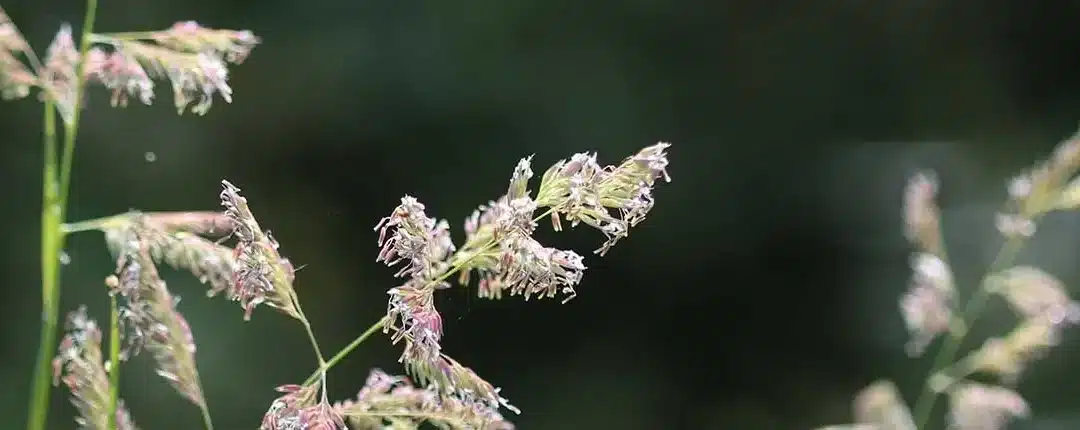Cows didn’t care much for eating native wildflowers and grasses. In the early 1900s the United States Department of Agriculture recommended planting reed canary grass, RCG, to feed livestock. Since then the invasive Reed Canary Grass has become one of the most invasive species in the state of Wisconsin.
It can be deceptively attractive – until you understand what you’re looking at. Reed canary grass can and will take over a wetland until it chokes out the wide variety of everything good that belongs in a healthy wetland. RCG will travel along creek and stream corridors, surrounding pond shore, colonizing all the wet, soggy land in its path. During flood season RCG will be spread far beyond the reach it can achieve by it’s normal means. The seeds of RCG will be washed far, far out into fields and wetlands, to isolated ponds and lakes where it will happily grow and greedily establish aggressive colonies of towering grasses 8 – 10 feet tall.
WHAT CAN BE DONE?
Don’t despair, RCG can be controlled and contained. The widespread damage was done by this tall, slim, creeping invader is reversible
Midwest Prairies has years of experience successfully reversing the devastating effect of RCG invasion. We begin by looking at the surrounding landscape to see where the RCG may originally have come from. Our well-trained team will conduct an assessment of your property and the surrounding land as well. The flow of water from adjacent lands is also taken into consideration as we develop the management plan for your property. We look carefully to see where excess nutrients may be entering into any property overrun by RCG. Once all the necessary information has been gathered a solid management plan is drawn up.
There are many potential sources of funding for restoration projects. Reversing the effects of an RCG invasion may seem daunting, but it can be done.
Deep-rooted native plant species are often hanging on in many wetlands where RCG has invaded. The native plants languishing beneath the monoculture of towering RCG respond well once the area is cleared of the RCG invasion. Native plants will re-emerge and repopulate the wetlands and stream corridors. A rich web of biodiversity including native birds, mammals, butterflies, and pollinators will flourish once more.
Restoring the habitats and ecosystems of southern Wisconsin
We work with private land owners, park districts, state agencies, and others who wish to bring about a land restoration and enhance the environment.



